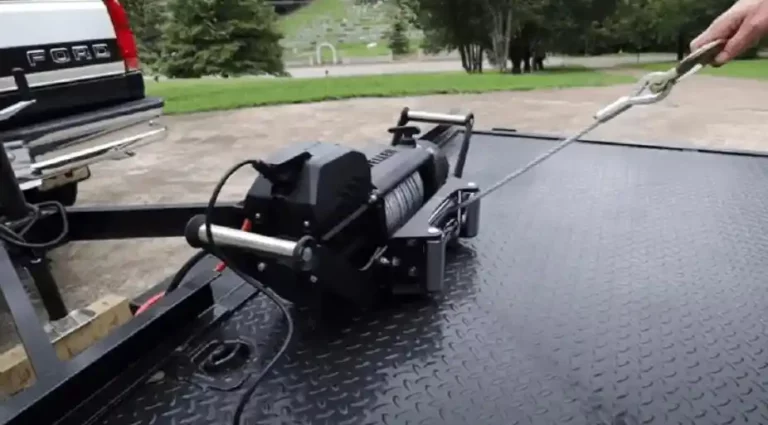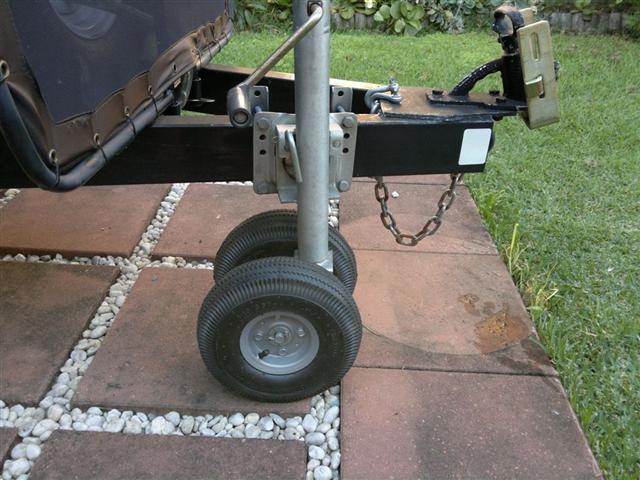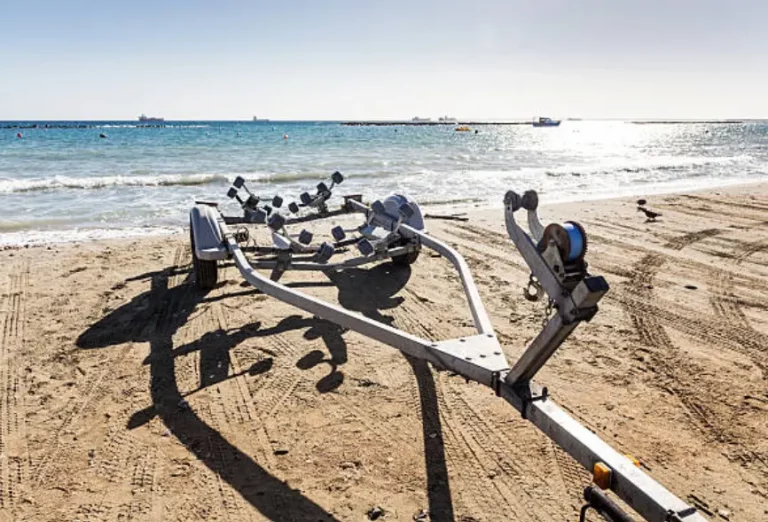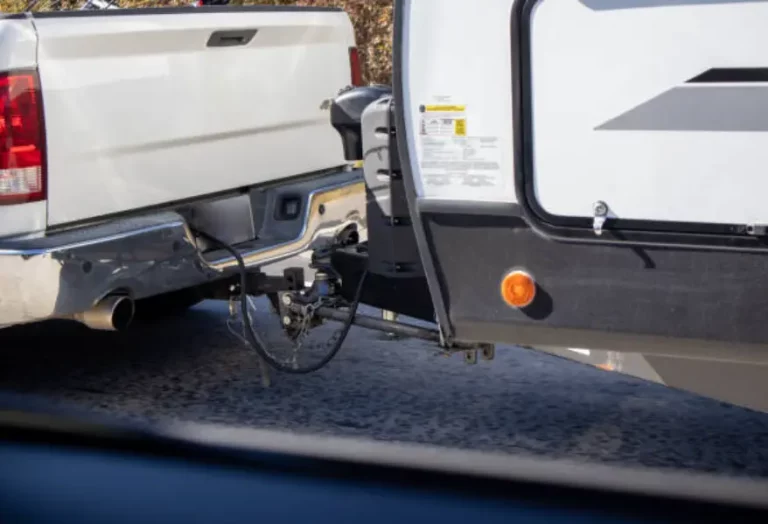Trailer axles play a crucial role in the smooth and safe operation of trailers. They provide support, stability, and weight distribution, allowing trailers to carry heavy loads. There are mainly two types of trailer axles: leaf spring axles and torsion axles.
Leaf spring axles are the traditional choice for trailers. They consist of a solid steel axle tube with leaf springs mounted on each end. These axles offer excellent load-carrying capacity and are highly durable. Leaf spring axles are ideal for heavy-duty applications, such as commercial trailers or those carrying construction equipment. They are also relatively cost-effective compared to torsion axles.
On the other hand, torsion axles are a more modern and innovative option. They use rubber cords inside the axle tube to provide suspension and shock absorption. Torsion axles offer a smoother ride, as they distribute the load evenly and independently to each wheel. This reduces bouncing and improves overall stability. Additionally, torsion axles require less maintenance and are less prone to wear and tear.
Both types of axles have their distinct advantages. Leaf spring axles are known for their strength and load-carrying capacity, making them suitable for heavy loads and rugged terrains. Torsion axles, on the other hand, offer a smoother and more comfortable ride, making them ideal for recreational trailers, RVs, and boats.
In summary, the choice between leaf spring and torsion axles depends on the specific application and desired performance. Leaf spring axles excel in heavy-duty scenarios, while torsion axles provide a smoother ride and require less maintenance. Understanding the differences and advantages of each type can help trailer owners make an informed decision when selecting the appropriate axle for their needs.






